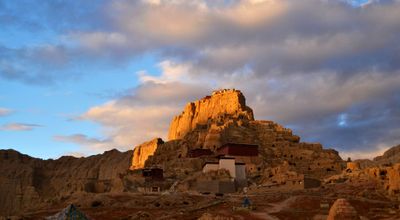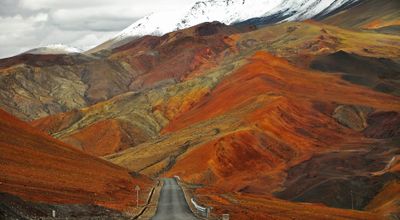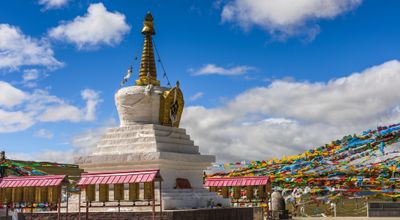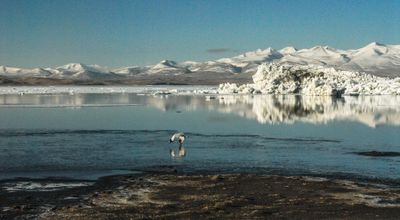Ali Travel Guide
Tibet Autonomous Region | Population: 95,465
The city of Ali has other very interesting names. It is also called Senggzangbo (or Sengghe Tsangpo) which literally means “river gushing from the lion’s mouth” in the Tibetan language. It is also referred to as Shiquanhe which translates as “lion spring river city”. The city gets its name because it lies on the confluence of the Gar River and the Sengge Zangbo (Indus) Rivers in the Ngari Prefecture of Tibet, China, and the scene looks like the rivers are gushing out of a lion’s mouth.
Ali City is as colorful as its name suggests. It is blessed with spectacular geographical features. Several Trans-Himalayan mountain ranges extend into Ngari Prefecture and Ali City, like the Gangdise, Karakoram, and Kunlun ranges lending the region with a fascinating landscape. Another factor that has made Ali a sought-after tourist destination is that it is influenced by various ethnic groups and nationalities. For example, people from Mongolia, India, Russia, Pakistan, Tajikistan, etc. have made the region an interesting blend of customs and traditions.
Ali City is as colorful as its name suggests. It is blessed with spectacular geographical features. Several Trans-Himalayan mountain ranges extend into Ngari Prefecture and Ali City, like the Gangdise, Karakoram, and Kunlun ranges lending the region with a fascinating landscape. Another factor that has made Ali a sought-after tourist destination is that it is influenced by various ethnic groups and nationalities. For example, people from Mongolia, India, Russia, Pakistan, Tajikistan, etc. have made the region an interesting blend of customs and traditions.
As late as 1949, Ali City was running under an age-old feudal system as far as the religious, political, and economic aspects were considered. Since 1950, when the People’s Republic of China has taken over governance of the city, the old systems were abolished and a communist way of life was established.
Yet, the local ethnic groups have retained some of their beliefs and practices. This is probably due to the city’s proximity to the world’s most sacred peak called Kangrinboqe or Mount Kailash. This mountain is revered by the Hindus, Jains, Buddhists, and Bon people. There are a large number of pilgrims who visit Ali each year in order to pray at the foothills of Mount Kailash. There are several tour operators in Ali City who organize tours to Mount Kailash.
Yet, the local ethnic groups have retained some of their beliefs and practices. This is probably due to the city’s proximity to the world’s most sacred peak called Kangrinboqe or Mount Kailash. This mountain is revered by the Hindus, Jains, Buddhists, and Bon people. There are a large number of pilgrims who visit Ali each year in order to pray at the foothills of Mount Kailash. There are several tour operators in Ali City who organize tours to Mount Kailash.







